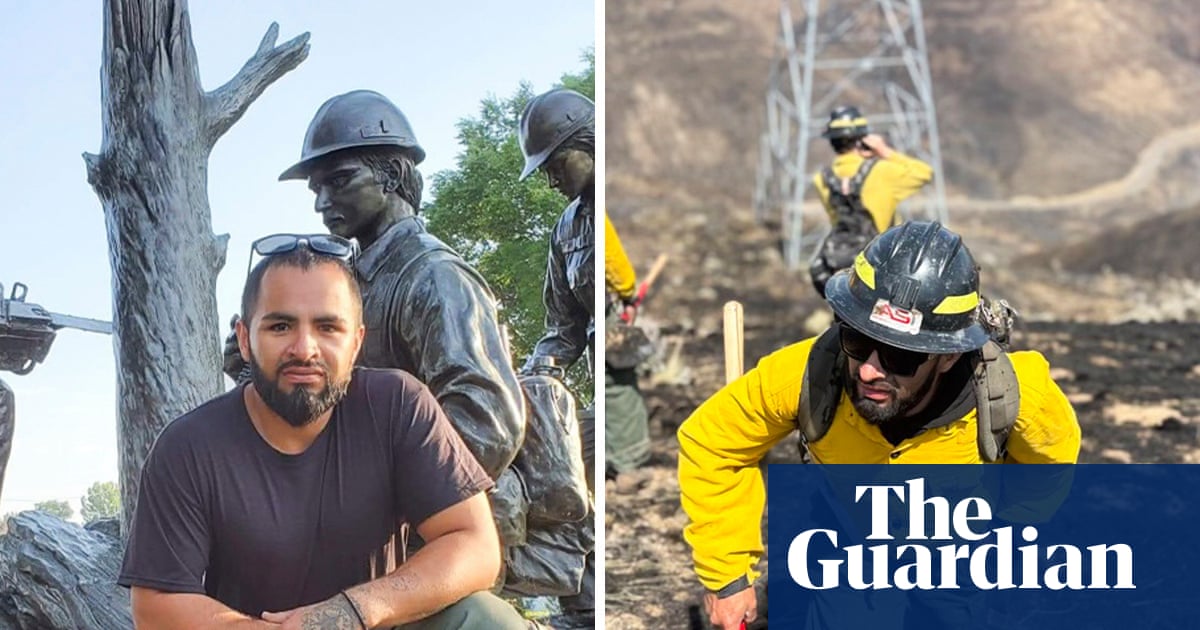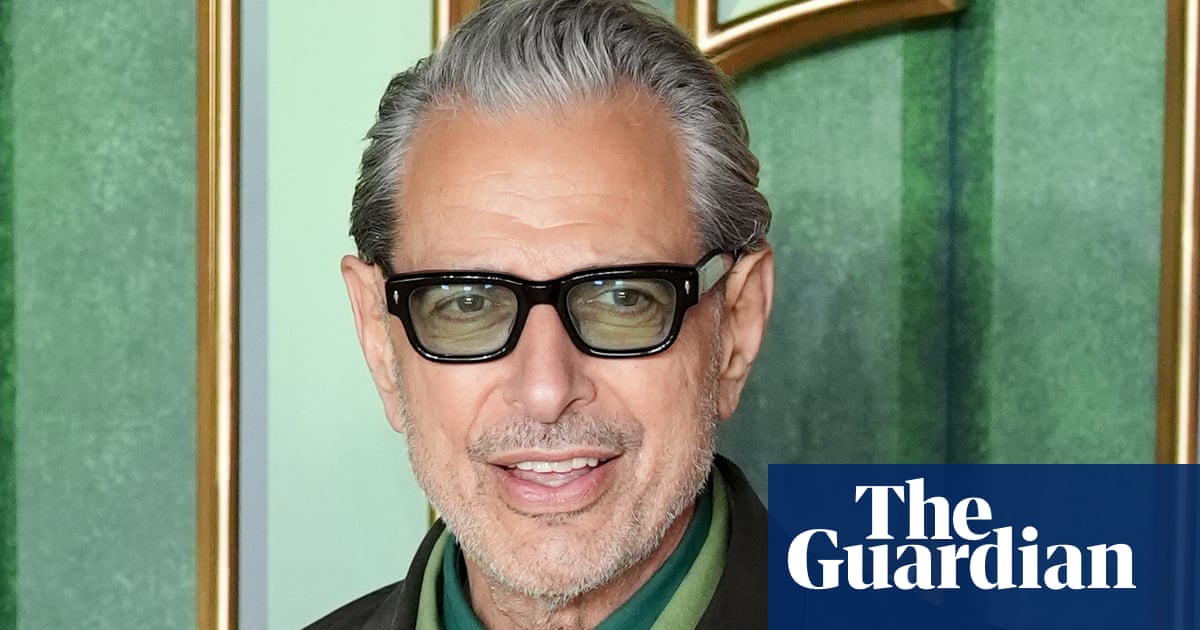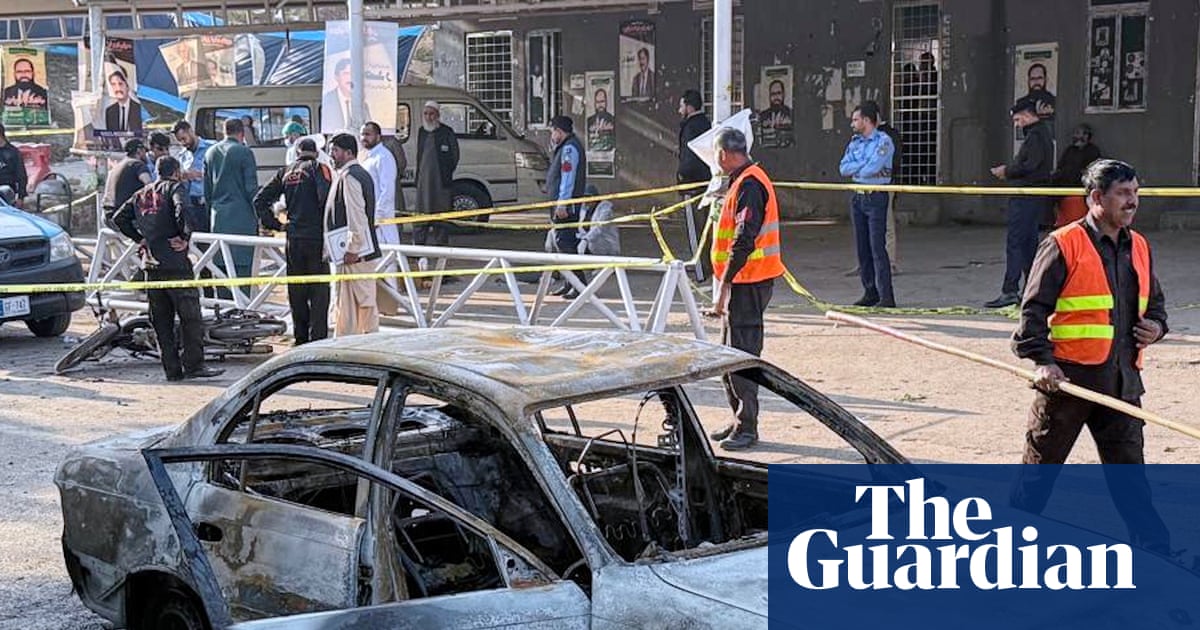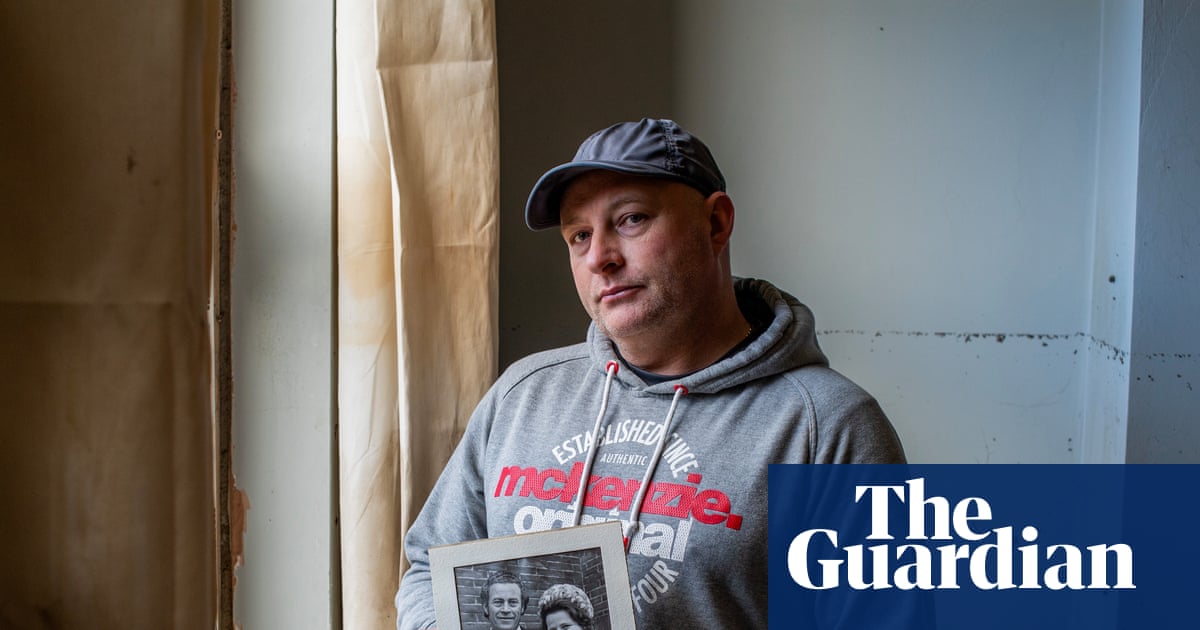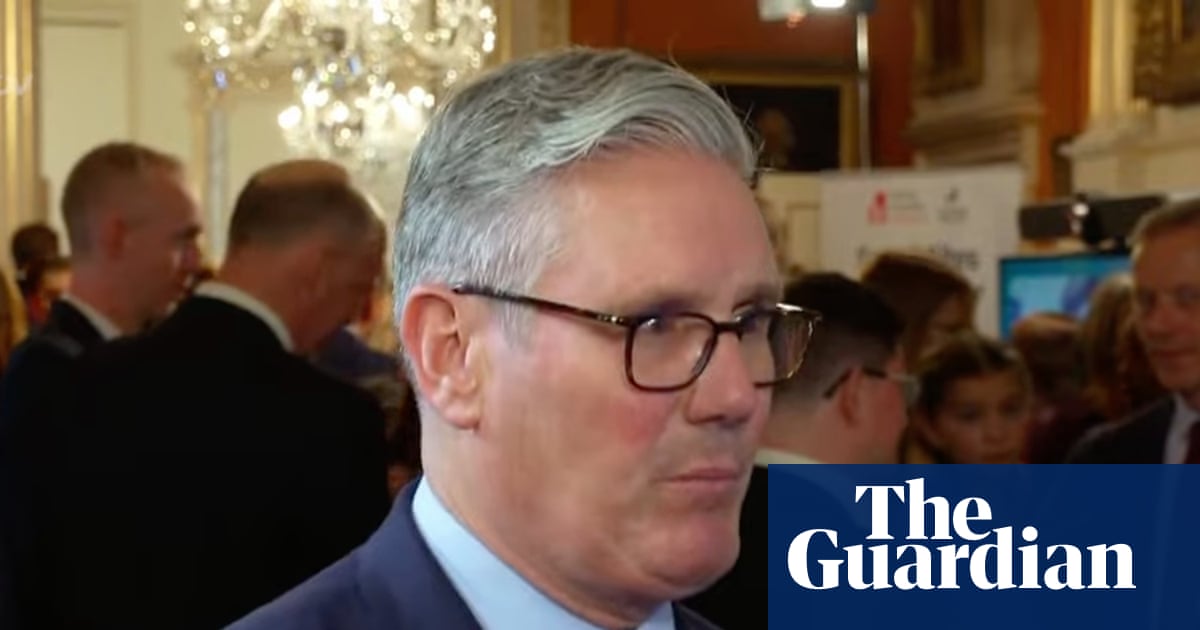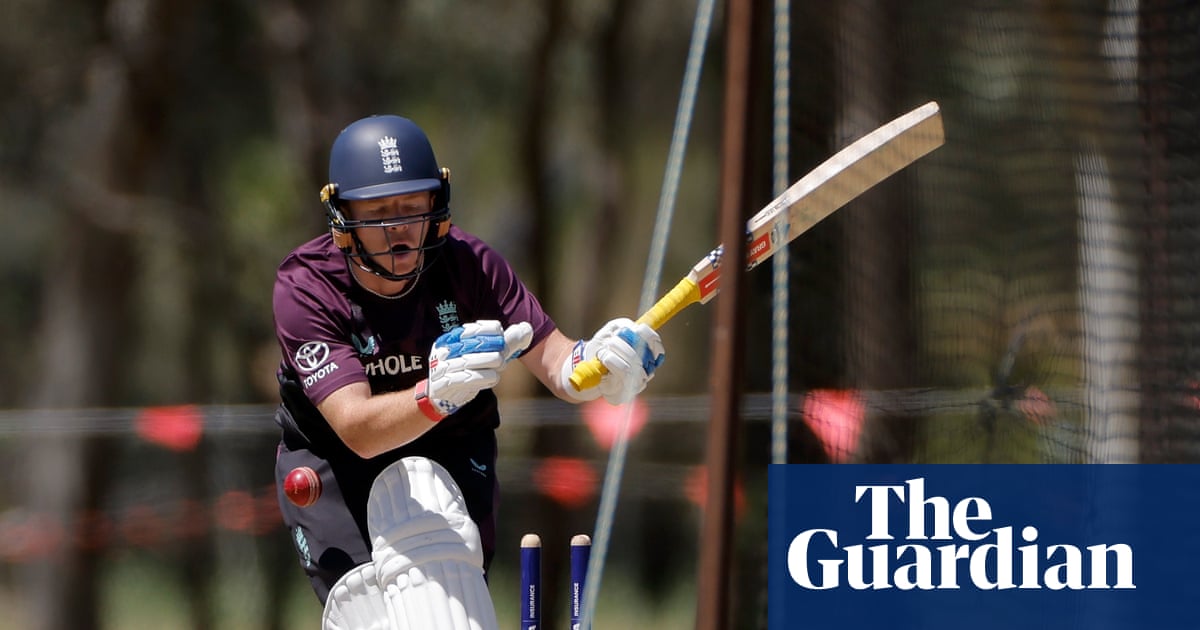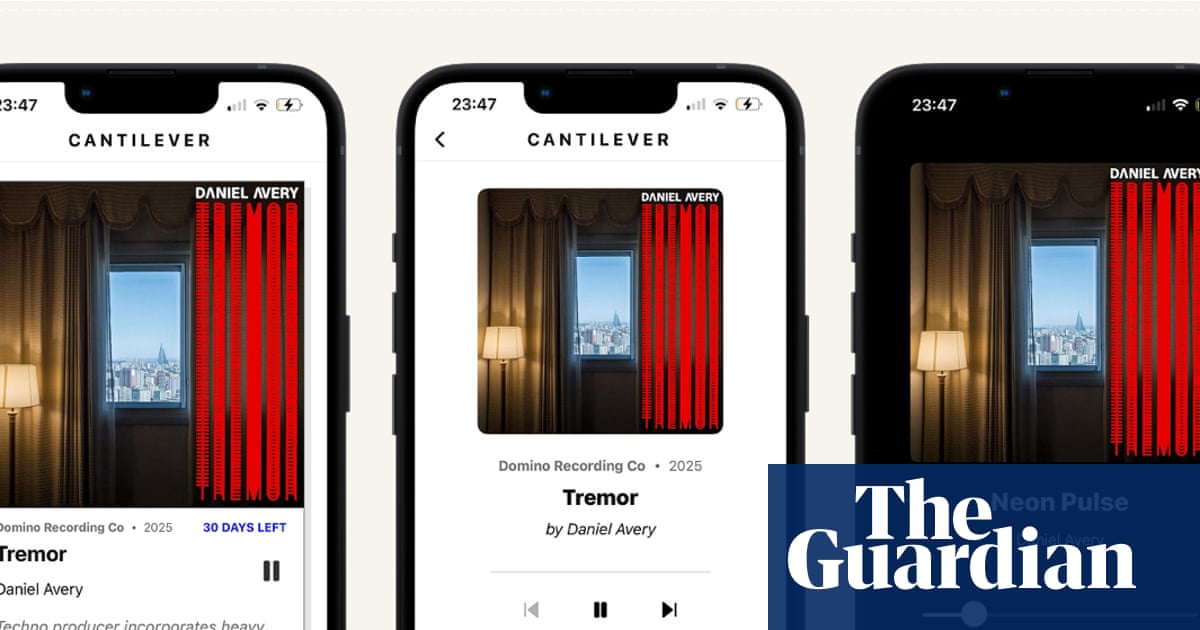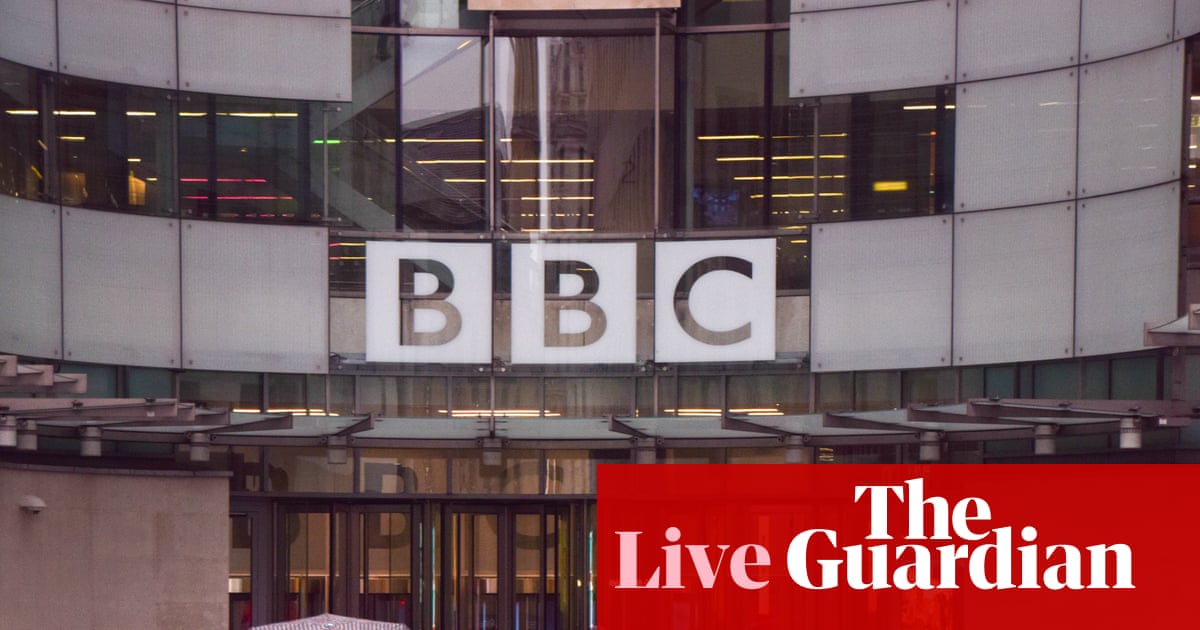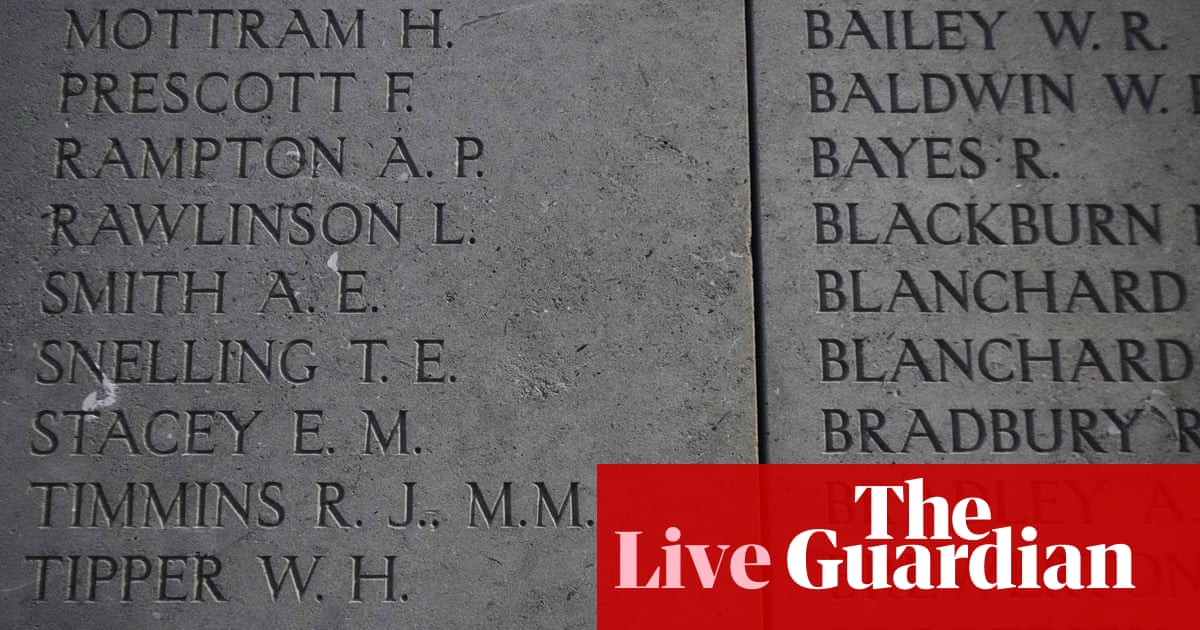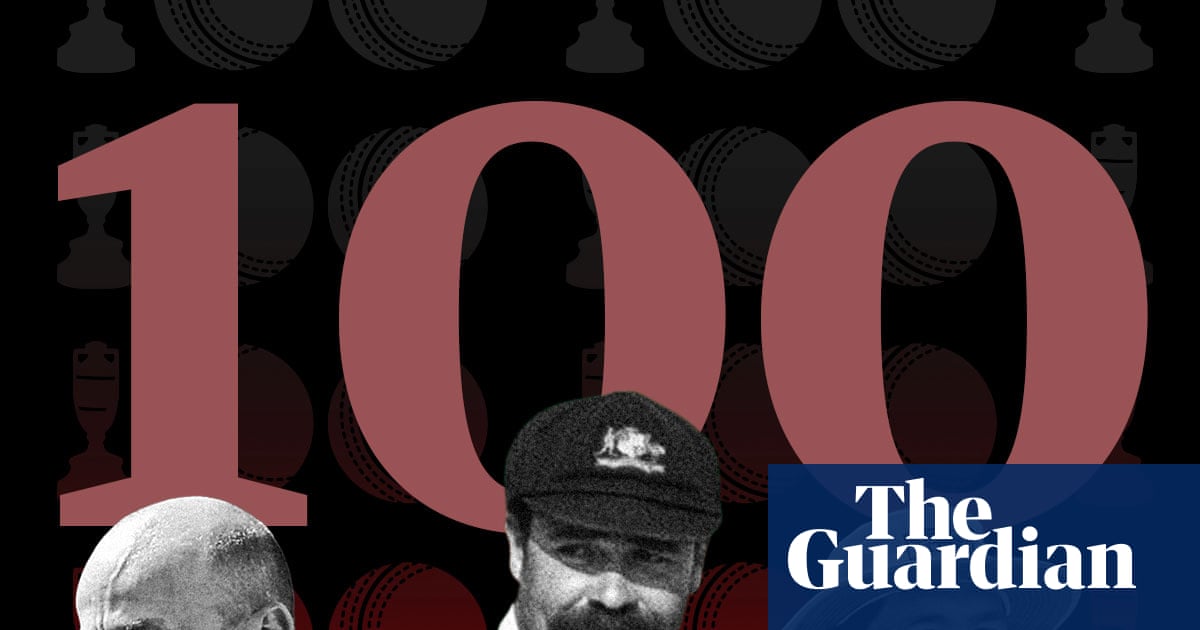By sending a barrage of drones into Polish airspace, Russia is testing Nato’s military response and Europe’s political resolve to stand behind Ukraine with arms and security guarantees in the event of escalation.
The timing can hardly have been a coincidence. Less than a week ago, a 26-nation “coalition of the willing” led by France and the UK announced an agreement on a “reassurance force”, intended to help guarantee Ukraine’s security after any ceasefire in Russia’s relentless war of aggression. Vladimir Putin has stepped up the nightly bombardment of Ukraine in defiance of Donald Trump’s efforts to broker a peace deal, and rejected any presence of European forces on the ground.
The Russian defence ministry said it had no intention to engage any targets on Polish territory. But the incursion by 19 drones, several of which were shot down, looks like a deliberate test of the west’s political will to step up support for Kyiv at a time when European allies are unsure how far they can rely on US backing, given Trump’s erratic leadership. It may also have been intended to strike fear into European populations, fuelling anti-war sentiment fanned by populist parties.
Several European Nato allies were involved in helping the Polish air force intercept the drone intrusion, including an Italian radar plane, Dutch fighter aircraft and German Patriot missiles, according to Nato.
This was not the first violation of Nato airspace since Russia’s full-scale invasion of Ukraine in 2022, but it was by far the largest. It also targeted a country that has been the main hub for western arms deliveries to Kyiv, as well as a leader in European rearmament. Armed Russian drones have landed (harmlessly) in Latvia and Lithuania, and a stray Ukrainian air defence missile killed two Poles in 2022.
Russian aircraft and naval vessels regularly probe western reactions by flying very close to – and occasionally in and out of – the airspace and territorial waters of Baltic, North Sea and Black Sea countries. In a cat-and-mouse game, Nato nations frequently scramble planes to escort Russian aircraft away, or send naval vessels to shadow ships sailing close to key energy pipelines and underwater cables. Similarly, Finland has detained and Sweden boarded Chinese boats suspected of having deliberately damaged underwater infrastructure by dragging their anchors along the seabed.
However, this was the first time a Nato member has had to shoot down Russian drones over its territory since the war in Ukraine began. “This situation brings us the closest we have been to open conflict since the second world war,” the Polish prime minister, Donald Tusk, said in a sombre address to his parliament.
Poland invoked Nato’s article 4, under which an ally can request consultations “whenever, in the opinion of any of them, the territorial integrity, political independence or security of any of the parties is threatened”. In a statement after talks in Brussels, Nato’s secretary general, Mark Rutte, said allies expressed solidarity with Poland and denounced Russia’s “reckless behaviour”.
The European Commission president, Ursula von der Leyen, was quick to blame Putin personally. In a last-minute addition to her “state of the union” address to the European parliament, she said: “Just today we have seen a reckless and unprecedented violation of Poland’s and Europe’s airspace by more than 10 Russian Shahed drones. Europe stands in full solidarity with Poland. Putin’s message is clear and our response must be clear too.”
European leaders will doubtless seize on the Russian incursion to press Trump to commit to providing support for a European-led reassurance force for Ukraine. They will also point to the incident as justification for the rearmament drive they have launched to counter the growing Russian threat to European security. Nato allies may well send planes and missile batteries to bolster Poland’s air defences.
Behind closed doors, there is likely to be sharper debate about how aggressively Nato should respond to Russian violations and other acts of hybrid warfare such as sabotage and cyber-attacks. Nordic and Baltic members are pressing for a more robust response – for instance, empowering Nato air patrols to shoot down any crewed Russian aircraft that enter their airspace – to demonstrate Nato’s solidarity and resolve to go to war, if any of its nations is attacked. They also want European and US allies to supply Ukraine with longer-range missiles and free its hand to strike deep inside Russian territory. Ukraine itself, meanwhile, is urging Nato countries to shoot down Russian missiles in its airspace from their own soil.
after newsletter promotion
Some of Ukraine’s allies – such as Germany and Italy, as well as the US – have been more cautious about the risk of escalation. Yet given Putin’s increasingly brazen provocations, both in Ukraine and to its European allies, it is high time the west sent a message to Moscow that it is ready to help Kyiv respond, and that there will be more severe consequences to his aggression.
-
Paul Taylor is a senior visiting fellow at the European Policy Centre
-
Do you have an opinion on the issues raised in this article? If you would like to submit a response of up to 300 words by email to be considered for publication in our letters section, please click here.

 2 months ago
48
2 months ago
48



